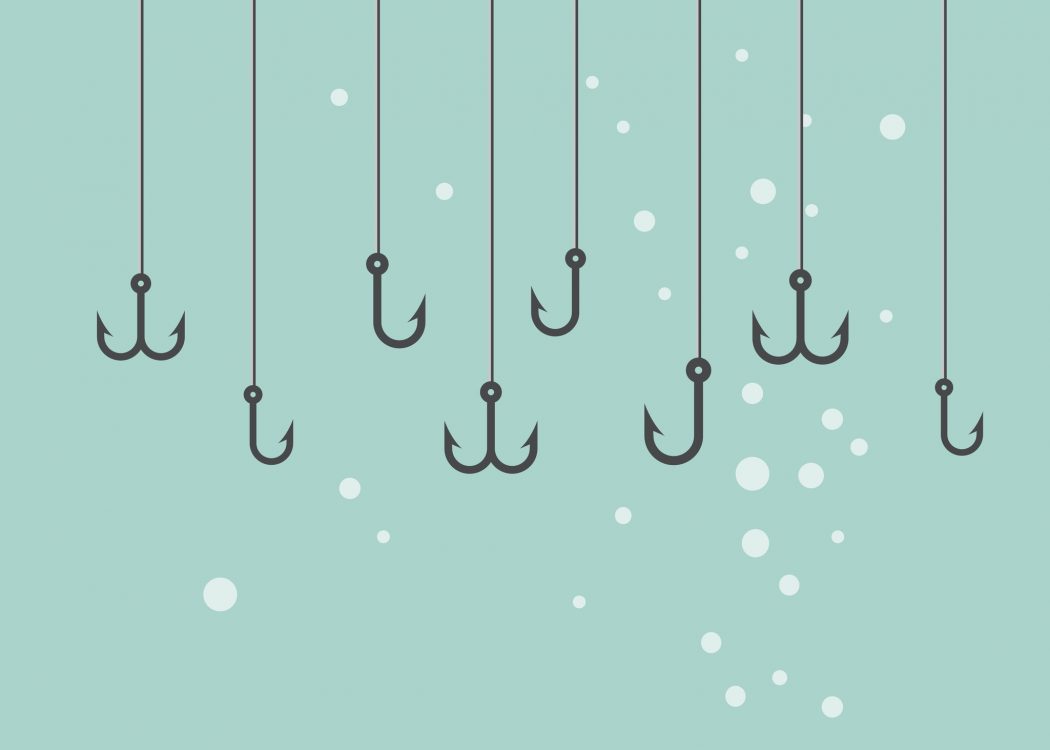
Read time: 4 mins
Written by Josh Westerman
Whether it’s discussing the decline of a celebrity, how you can tell if your partner is cheating on you, or what foods will help you avoid catching the Black Death, clickbait content to web users is like what kryptonite is to Superman – their one weakness.
Often described as the ‘lowest form of journalism’, clickbait content has become an internet phenomenon since first coming to prominence five years ago. But not all clickbait is thrown together by swashbuckling SEO pirates looking to falsify stats and metrics – some of it is part of a carefully crafted content marketing campaign.
But where did clickbait content come from, and how is it being used as a power content marketing tool?
According to Merriam-Webster, clickbait is something (such as a headline) designed to make readers want to click on a hyperlink especially when the link leads to content of dubious value or interest.
In short, it’s content that gets high click-through and engagement rates despite the potential lack of any real quality.
The clickbait concept was pioneered by copywriter John Caples back in 1927, as he used the idea of storytelling, connecting with an audience and driving interest through adverts in newspapers and on billboards.
Fast forward 90 years and the clickbait idea is still here, arousing emotions and playing on the positive/negative valance of the human mind. But the application has changed massively, with the online publication space being awash with clickbait articles – some good, some bad.
If you’re not sure what these articles look like, they’ll often have titles such as:
These statements will grab your attention and want you to follow through to see in fact what does set the North apart from the South – i.e. the bait for the click has been taken.
Then, the usual approach for the article tends to be following rule of thumb: keep the information the reader wants as low down the page as possible, so they stay on it for as long as possible. Yes, it may seem cheap, but is a proven tactic.
Publications who pride themselves on churning out listicle after listicle for clickbait purpose can use this form of content as a money spinner. Getting more views on their pages makes it a more lucrative platform for paid ads, so they can load up their banners, sidebars and footers with visual ads and make some hassle-free money. Spammy content AND spammy ads – the pinnacle of clickbait.
There’s no doubt that Buzzfeed is the leader of the clickbait movement, thanks mainly to the gargantuan army of writers working for the publication. It didn’t invent clickbait, but they sure do it better than anyone else.
Looking at Buzzfeed’s offering, there are three key ways to create great clickbait content:
Leave it on a cliff-hanger – A staple of clickbait offerings, this is where you grab the reader’s emotions and pull them your article. Buzzfeed do this well, not giving an inch away about what the listicle may include, and delivering strong, engaging
A more cynical example from a less-reputable content publication would be “7 health foods you just have to try this summer”, with a by-line of “you won’t believe what number 3 is!” for good measure. It will immediately get in the reader’s mind thinking “oh, I wonder what number 3 is”, they’ll click through and, inevitably, it’ll just be something generic like having a banana, or eating lettuce.
Jump on the news – Something Buzzfeed is very good at. This is where you newsjack on a global story, and turn it into clickbait gold. A prime subject for this over the last 18 months has been President Trump, often based around comments, statements or tweets he has made.
This in return gives you the headline – “Donald Trump just tweeted his thoughts on XXX”. No need to say what his thoughts are in the title, just stick it right at the bottom of the article.
Hot topics – These are often based around more sensitive issues, such as race, politics and sexuality. Rather than the more light-hearted cliff-hanger clickbait pieces, articles like this tend to be a bit more hard-hitting, with a revelation at the end.
The fact of the matter is that clickbait is a more powerful content marketing tool than many writers would care to admit.
If you’re a fitness brand, building a content campaign with a clickbait ideology can deliver fantastic results. Telling a reader “here are the top 8 ways to shred your belly fat” is going to entice them in straight away, as it’s a common query within that market. Plus, shred is a powerful phrase more likely to inspire it’s intended audience.
Clickbait works with some sector and brands – but be warned, it will go down like a lead balloon if done in the wrong space. You can get sky high click-through rates, but if you have a poor quality offering the other end of the link which really doesn’t fit your brand’s ethos, your engagements rates will be zero.
Content marketers must be wary of the pros and cons when it comes to this form of content, evaluating the potential risks in may cause a business.
At Brand8, we pride ourselves on our content offering and have a proven track record of creating content that delivers real results for our clients. Forged figures aren’t our cup of tea – we aim for actionable objectives and original ideas to showcase engagement and promote awareness of brands.